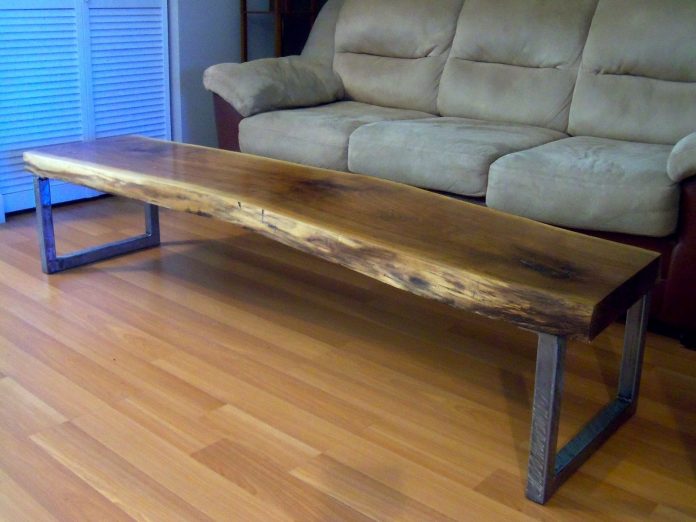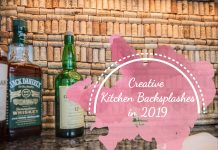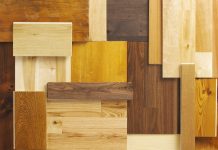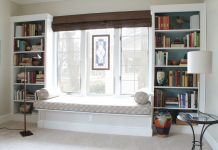Finding one right for your home
A coffee table’s work is never done. Certainly it is used for much more than the serving and enjoyment of coffee. It is home to haphazardly placed remotes, magazines, drinks, food, and plays host to a variety of games. Most certainly it also doubles as a leg rest. It is multipurpose, the kids even do their homework on it sometimes. Since it serves so many uses and is typically the centerpiece of the room, it is important to choose a coffee table carefully. It needs to be durable as well as attractive and able to fulfill all the demands a family will make of it.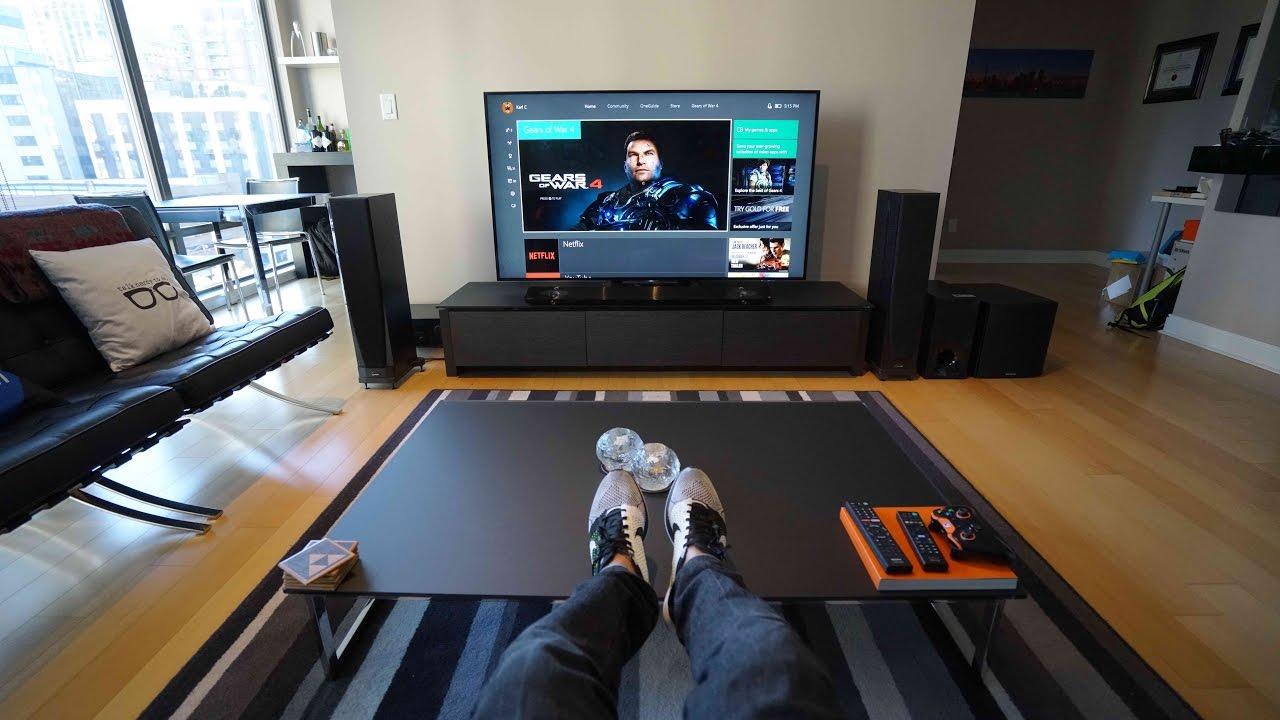
Consider the needs that are specific to you and your family and proceed to seek a table that will fulfill those specific uses. Be certain to measure the open space accurately so there are no unpleasant surprises upon installation. You’ll want to move it into place with ease. You may also prefer to have it flanked by a sofa or chairs. The seated position, after all, is what the coffee table has been designed to work with. If you have two sofas you may consider two matching (and smaller) coffee tables.
The classic size of a coffee table is 48 x 24 inches. But a large one will double one of the dimensions commonly at four foot square.
If you have a tendency to spill coffee or if your kids will likely be snacking on the tabletop, choosing one with a lip edge or tray top is a smart move. They’re good for keeping things inside the table’s diameter and can help prevent spillage that potentially stains the carpet (especially if it’s red wine).
By design, coffee tables are supposed to be the same height as the surrounding seating, at an average of 18 inches tall (if there’s a lip make sure it isn’t higher than the adjacent seating). It doesn’t need to be the center of attention, just pick one with a glass top and a finish that matches the established décor of the room. The combination keeps the eye interested in the entire ensemble, not just a single element.
Serving the identical purpose are metal bases with glass tops. Favorite rugs remain visible and you can erase fingerprints quickly with a little glass cleaner. Most glass tops have a green tint on the sides. Inexplicably, purchasing one without the tint is more expensive.
In the case you need space and storage, try stashing full baskets, trunks and old suitcases under legged coffee tables; this will also serve to ‘ground’ spaces that are too open. Solid tables are heavy and if they’re too closely placed to seating there is a risk of injury, mostly to our shins. Allow extra space around the table and its corners, enough so it’s easy to get around without banging your body against the furniture.
Choose table upholstery that is colored and will subsequently draw folks gaze to the sofa and chairs. On top, position a tray of books or other items to soften the overall brightness. Choose that fabric carefully, since you and others will surely be tempted to put your feet up on the table. Darker shades may be the way to go. Do the swatch test – compare the various color options against stains you have at home, such as those from red wine or dirt – whatever you expect your coffee table to eventually suffer.

Round coffee tables offer much as far as practicality. They facilitate circulation and easy mobility, especially when having to accommodate many guests at once. For any guests that cannot reach the table, be certain other surfaces are at hand.
You may even seek out an antique 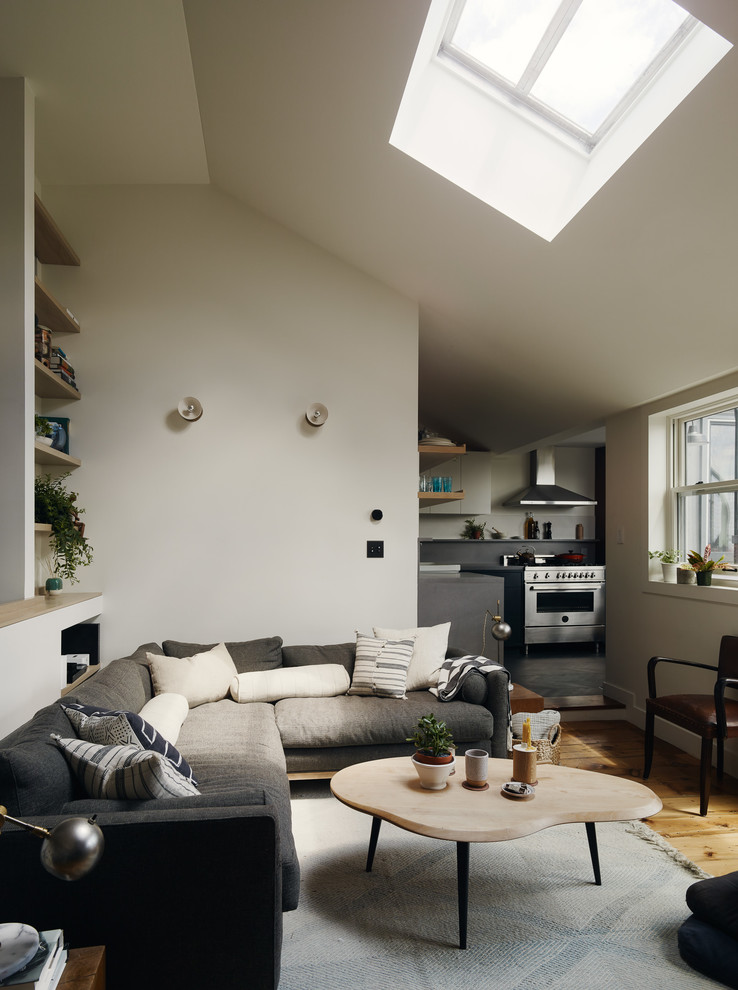 coffee table or a vintage object than can serve as one. It adds a bit of history and class. Of course, you’ll want to be certain that it is entirely stable. You may need to refinish the piece and keep an eye out for any old protruding nails or splinters that are not immediately visible.
coffee table or a vintage object than can serve as one. It adds a bit of history and class. Of course, you’ll want to be certain that it is entirely stable. You may need to refinish the piece and keep an eye out for any old protruding nails or splinters that are not immediately visible.
You’ll likely also take measures to prevent the table from damaging your floor. Depending on its weight and construction protecting the surface is a genuine concern, especially if the table is to be shifted often. Of course laying it on a carpet is a safe idea. You may even cut felt or rug squares to insert under the table legs and/or parts that rest on the ground.
The bottom line for the homeowner who cares about functionality is finding the right table that not only serves the space but improves the visual aesthetic as well.

